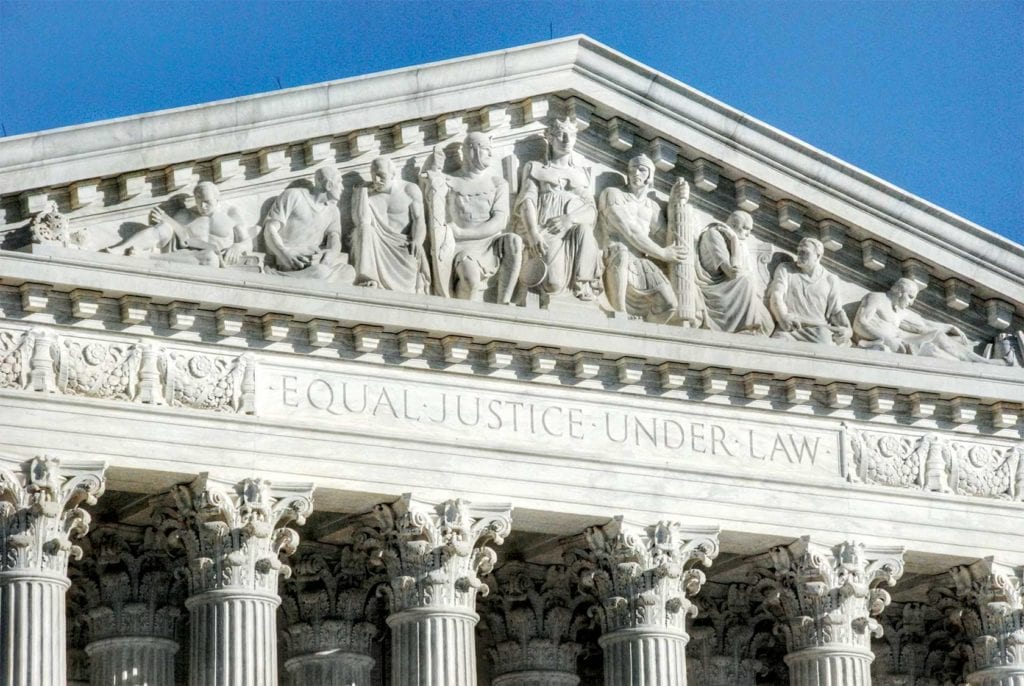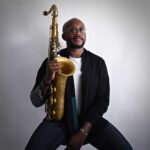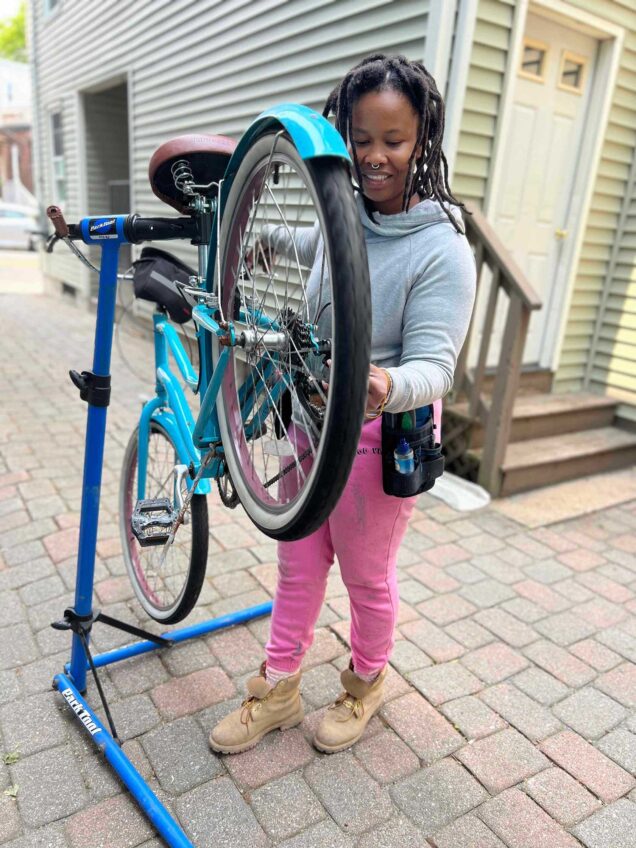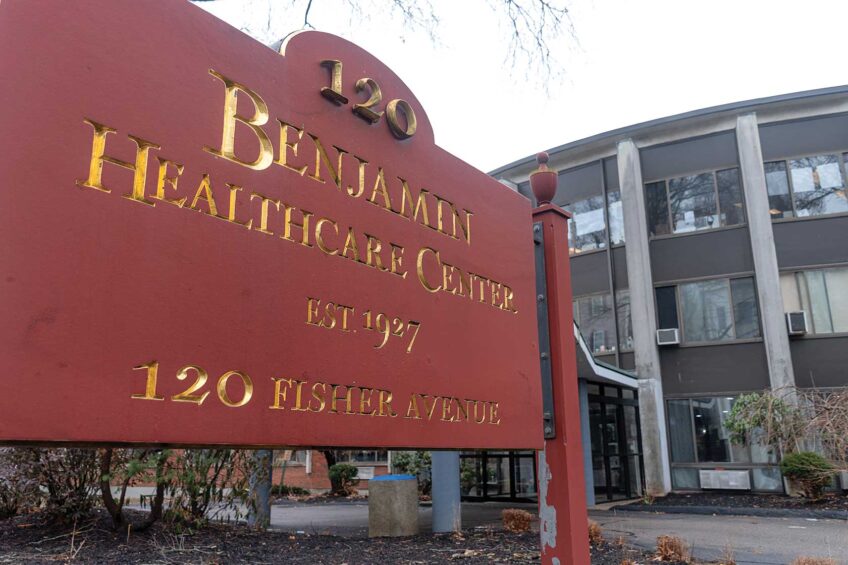
On October 31, the Supreme Court will hear two cases that will determine the future of affirmative action. Students for Fair Admissions (SFFA) is suing Harvard and University of North Carolina (UNC) for considering race in their application process. Further, SFFA says Harvard’s admission policies discriminate against Asian American applicants.
SFFA is a creation of conservative activist Edward Blum. He claims his non-profit has 22,000 members who were wrongly rejected by universities that use race conscious criteria to evaluate prospective students. None of Blum’s 22,000 alleged victims have testified. However, one was described but not named in the Harvard case as a Chinese student with first generation immigrant parents, perfect test scores and the best GPA in his class of 460.
In 2022, UNC received 43,500 applications for a freshman class of 4,325. UNC rejected 40,000 applicants. At that rate, if the top two dozen schools are considered, Blum’s 22,000 students account for just 2% of total rejections. That number falls to a negligible 0.0055 percent among the top 100 schools.
This is not a big problem, proponents of affirmative action say, especially given the fact that Harvard and UNC argue race in admissions creates campus diversity. The Supreme Court has held that to be a legitimate goal going back to the Bakke case in 1978.
In that case the justices threw out racial admission quotas but opened the door to the modern diversity rationale that was affirmed by the Court in Grutter v Bollinger: “The Equal Protection Clause does not prohibit the Law School’s narrowly tailored use of race in admissions decisions to further a compelling interest in obtaining the educational benefits that flow from a diverse student body.”
Blum argues that race-conscious admissions violate the Equal Protection Clause of the Constitution and Title VI of the Civil Rights Act of 1964. He has brought four lawsuits in recent years but has yet to win one. Given the 6-3 conservative majority on the high court, Blum’s ship could finally be about to come in.
“I think it is too early to tell what the Supreme Court will do with respect to the Harvard affirmative action case. Obviously, we are very concerned based on the Court’s makeup, but we also know that for several years now, in repeated attempts by the conservative elements, affirmative action cases have remained on the books and there is strong precedent on the books for the continued use of race in admissions policy,” said John C Yang, President and CEO, Asian Americans Advancing Justice-AAJC.
Yang spoke during a media briefing on the upcoming SCOTUS cases.
Yang noted that both the district court and the appellate court concluded there was no evidence of discrimination against Asian Americans.
“In the case of Harvard, Asian American enrollment at Harvard has increased significantly. They make up nearly 28% of the most recently admitted class, even though Asian Americans make up only approximately 7% of the American population,” he said.
Yang added that a number of surveys since 2010 found two-thirds of Asian Americans support affirmative action. He said that if Harvard stopped considering race in admissions the number of Black students would decline from 14% to 6%. Latino students would drop from 14% to 9%. A Georgetown University study came to the same conclusion.
David Hinojosa is with the Lawyers’ Committee for Civil Rights Under the Law. He will be arguing the UNC case in front of the Supreme Court on October 31st at 10 am.
“A lot of people are betting against affirmative action. They’re betting against fairness and opportunity. But the history is on our side; the Constitution is on our side; the law is on our side, and so are the facts,” Hinojosa said.
The stakes couldn’t be higher, Hinojosa noted.
“They don’t want to just get rid of affirmative action. They want to completely whitewash history and reinstate all the privileges of yesteryear to today,” he said.
“All students deserve a fair shot at going to college, regardless of their income, where they grew up, or their racial and ethnic background,” said Michaele Turnage-Young, LDF Senior Counsel.
She said minority students, often poorer than their white counterparts, have less of an opportunity to amass the credentials that colleges consider in admissions. They are three to six times more likely than white students to attend a high poverty school.
“And many attend majority minority schools, which generally have, like high poverty schools, less experienced teachers, less advanced courses, inadequate facilities, less extracurricular activities, less arts instruction, less recess, and fewer classroom resources.”
College admissions officials try to balance out those things by looking at which minority students show the best potential even if their test scores aren’t the highest.
The plaintiffs in the case say admissions criteria should be color-blind.
“Our clients, in particular, are concerned that erasing race from the admissions process will make it impossible for applicants of color to present their authentic selves in their college application,” Turnage-Young said. Chen echoed that sentiment. “We wanted to get across how we wouldn’t want to be at an institution that didn’t value us,” she said.
Ethnic Media Services






